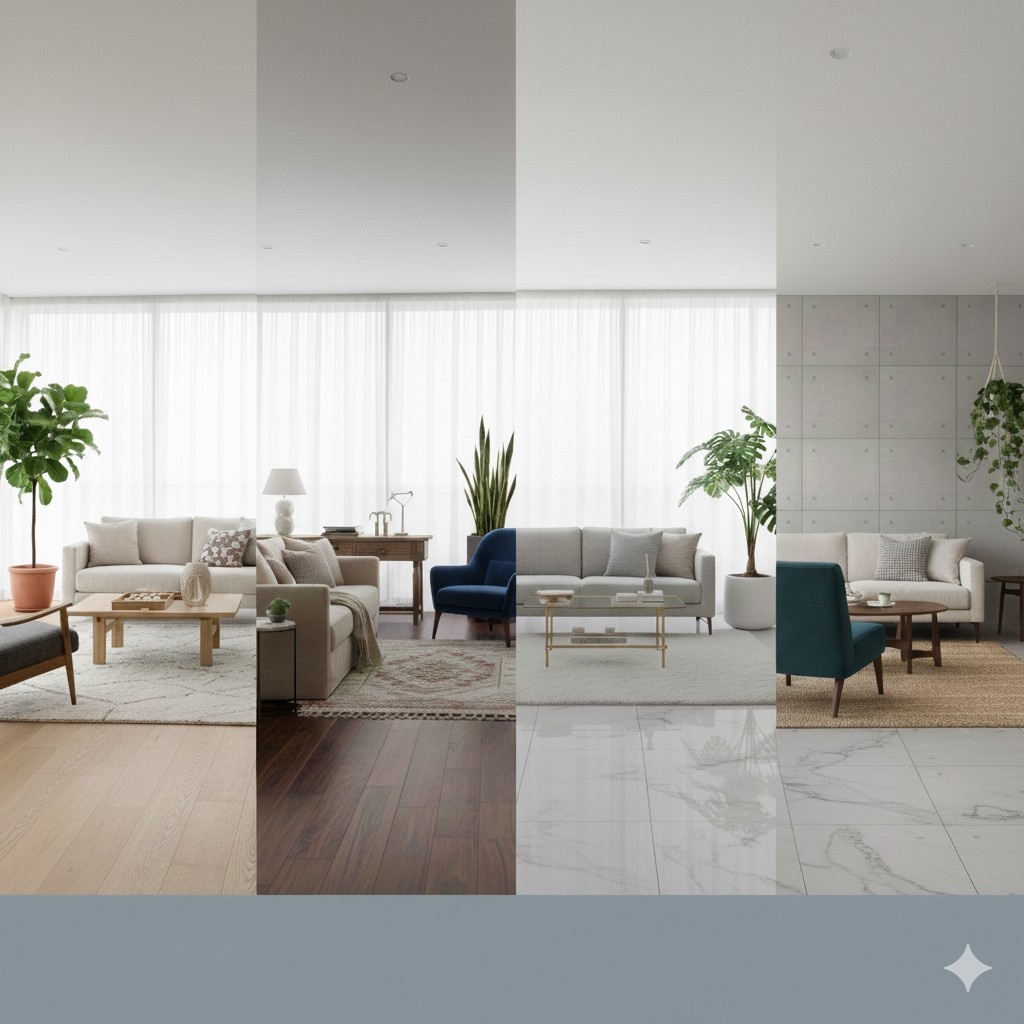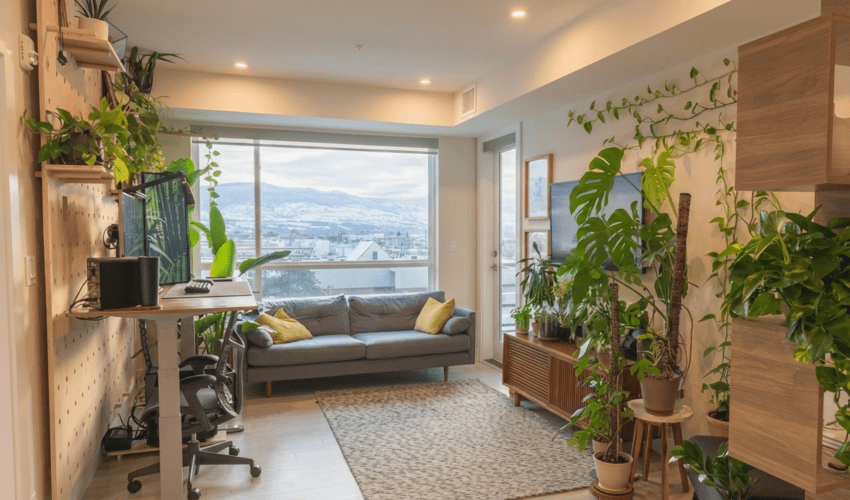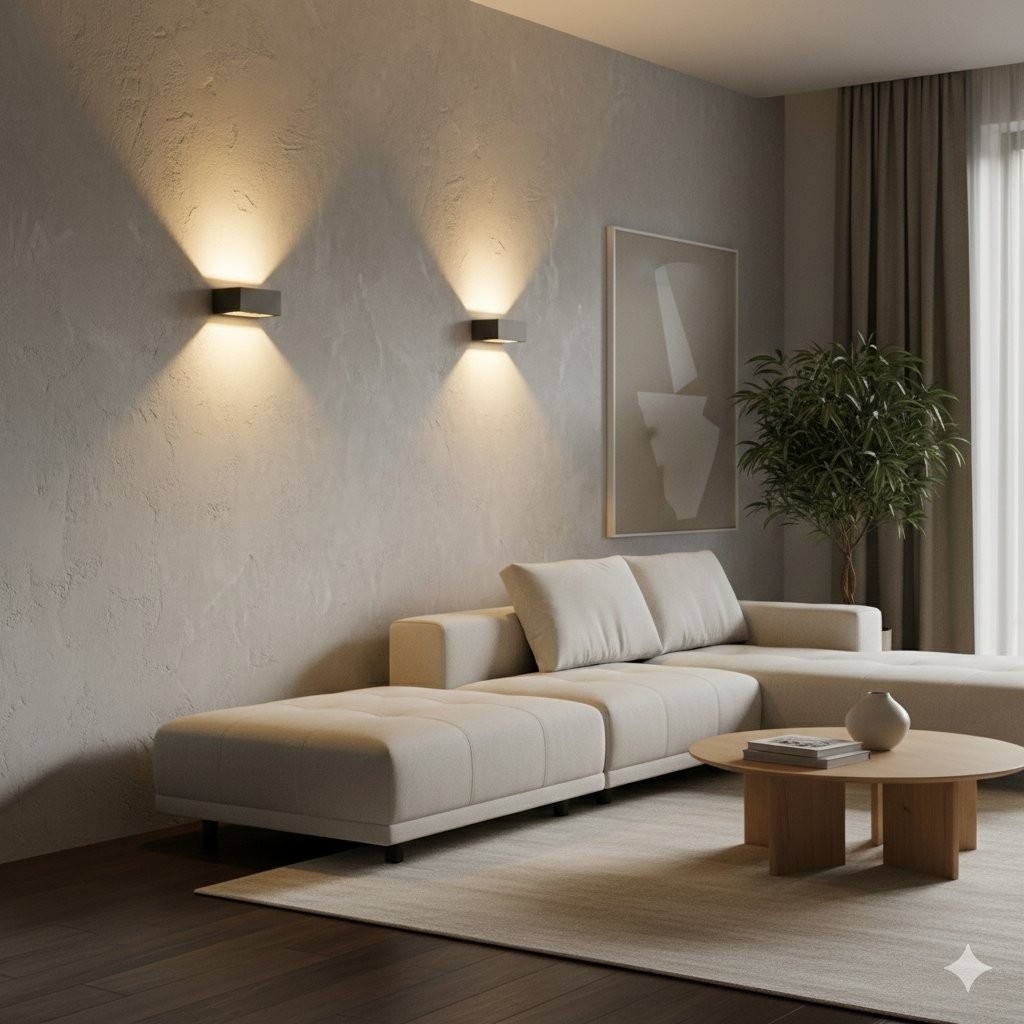The grandeur and grace of Ottoman design are some of the most luxurious and classic home decor styles. With roots going back hundreds of years, the Ottoman Empire was one of the world’s strongest and most important empires. It ruled over three countries for more than 600 years. The beautiful and expensive interior design features that still inspire homes today are a result of this history.
It has a long past, and this blog will tell you about it. It will also show you how to bring this rich feeling into your own home. Let’s look at how Ottoman Opulence can turn your space into a place of history and luxury, with rich fabrics, complex patterns, and beautiful furniture.
What does Ottoman Opulence mean?
Ottoman Opulence is the fancy and high-class style that came from the Ottoman Empire, especially from the 16th century to the 18th century, when it was at its height. Interior design in Ottoman times came from many places, including the Middle East, Asia, and Europe. It was a mix of detailed art and high-end materials. Through the use of deep colors, thick fabrics, and intricate designs, this style is all about making a place feel warm, cozy, and fancy.
Islamic, Persian, Byzantine, and Turkish styles were mixed together in the Ottoman Empire’s interior design, creating a style that is both unique and classy. The kingdom had a lot of different cultures that came together to create a style that praised beauty, harmony, and the art of living.
Important Parts of Ottoman Style in Home Decor
You will need to add a few key design elements to your home in order to capture the spirit of Ottoman Opulence. Let’s look more closely at what makes this style so luxurious:
1. High-end fabrics and textiles
Ottoman rooms are known for having lots of different kinds of fabrics. In the palaces and houses of the wealthy, velvet, silk, and brocade were often used. Often, these fabrics were stitched with gold thread and complicated designs that made the rooms look classy and expensive.
Pillows and cushions:
Use soft fabric pillows, throw pillows, or poufs to give your room a touch of Ottoman chic. Look for pieces with classic patterns like roses, arabesques, or geometric shapes. These patterns are often in deep colors like gold, emerald, or ruby.
Curtains and furniture:
Velvet or silk curtains that are thick and heavy can make your windows look royal. To give your furniture a sense of depth and ease, cover it with fabrics that are just as fancy.
Rugs:
Ottoman rugs are some of the most beautiful in the world, and they are an important part of the style. To give your room a real Ottoman feel, look for rugs or kilims in the style of Persia or Turkey that have big patterns, warm colors, and lots of small details.
2. Patterns and decorations that are very complicated
Patterns are a big part of Ottoman interior design. You can find them on the walls, the furniture, and even the floor. Surfaces were often decorated with geometric patterns, arabesques (flowing flower designs), and writing.
Wall art and murals:
Cover your walls with fancy paper that has flower or geometric designs on it. To make a room feel like an Ottoman castle, you can also choose murals or tiles with Islamic calligraphy or geometric patterns.
Furniture Carvings:
Ottoman furniture often had floral designs, arabesques, and signs of wealth carved into it. Buy cabinets, tables, and chairs made of wood that have these detailed carvings on them.
Gold Accents:
Gold accents are an important part of Ottoman furnishings. Your home will look quickly more luxurious if you use gold. You can do this on the edges of furniture, in decorative frames, or as accents in the fabrics.
3. Beautiful furniture
Ottoman furniture shows how luxurious people lived in the empire. This kind of furniture usually has rich wood, nice upholstery, and patterns that are very complicated. With its curvy lines and fancy details, the style is usually bold but well-balanced.
Chairs and Sofas:
Look for big chairs that sit low and are usually covered in velvet or silk. These are great for making a calm and fancy atmosphere. Put them with armchairs or ottomans with fancy patterns and thick fabrics that have a classic look.
Tables and Consoles:
Tables in the Ottoman style often have wood that is carved, gold accents, or intricate carvings. Any room can feel more grand with a big, round dining table with lots of small features or a console with beautiful brass handles.
Ottoman Boxes:
Ottoman boxes, which were once used to keep valuables safe, are still very popular today. These are unique pieces of furniture that you can use in your living room or bedroom.
4. Colors that pop
Ottoman rooms have a color scheme that shows a love for the dramatic and fancy. Jewel tones like royal purple, emerald green, deep blue, and emerald green were often used to decorate palaces and houses.
If you want your room to look really fancy, paint the accent walls a deep jewel color like sapphire blue, ruby red, or emerald green. To keep the room from feeling too heavy, these colors can be paired with neutrals that are lighter.
Items of furniture and decor:
To make the room feel warmer and cozier, use furniture and decor in deep colors, like red or gold-toned pieces. Think about items made of old brass, velvet, or rugs with deep colors.
5. Beautiful lighting
Inside Ottoman homes, lighting was often big and striking. A soft, glowing atmosphere was made with big lights, lanterns, and wall sconces. The lighting was meant to make the room feel more luxurious, and it often had gold accents and complicated glasswork.
Chandeliers:
A big crystal chandelier can quickly make a room feel rich and Ottoman-style. Try to find pieces that have gold accents and small, intricate features.
Lanterns:
Hanging lanterns or brass sconces with fancy designs or stained glass can give your room a warm, welcoming glow.
Table Lamps:
Small, pretty table lamps with gold bases and fancy shades can make a room feel cozier and more upscale.
6. Adding aspects of Islamic and Persian culture
People from Islam and Persia had an impact on Ottoman style. You can see this in the use of calligraphy, arches, and ceilings with domes.
Doors and Archways:
Adding doors or archways with carved geometric designs will give your room an Ottoman-style visual touch.
The art of calligraphy and Islamic art:
You could decorate your home with framed Islamic calligraphy or geometric tile designs. You can add cultural depth to the design with these pieces.
Ceramics and Pottery:
Turkish ceramics, with their signature intricate patterns and vibrant colors, can also play a key role in your design.
Adding Ottoman Elegance to Your Home
Having learned about the main parts of Ottoman Opulence, here are some easy ways to bring this fancy style into your home:
Start small: To make a space that looks like an Ottoman, you don’t have to totally redo your home. Add a few important pieces to begin with, like a chair with lots of carvings, a bright rug, or a pretty lamp. You can add to the look over time by adding more things.
Mix the Old and the New: Ottoman style is all about luxury and classic style, so it looks great with modern touches. For a new look that still looks classic, don’t be afraid to mix old furniture that looks like an Ottoman with newer pieces.
Have Fun with Texture: Layering textures is the key to making Ottoman spaces warm and cozy. You can give your room a lot of different textures by putting together velvet pillows, silk curtains, and printed rugs.
Color: Don’t be afraid of bright colors. Rich colors, gold accents, and soft, plush fabrics will make your space feel truly rich.
Conclusion
Ottoman Opulence brings a timeless sense of luxury, history, and elegance to any home. By incorporating rich fabrics, intricate patterns, jewel-toned colors, and ornate furniture, you can transform your space into a warm, opulent retreat that reflects the grandeur of the Ottoman Empire. Whether you are redecorating a single room or revamping an entire home, consulting an experienced interior design firm in Dubai can help you seamlessly blend traditional Ottoman elements with modern comforts. This ensures that your space is not only visually stunning but also functional and comfortable, creating a home that exudes both history and sophistication.
A Lot of Questions About Ottoman Opulence Interior Design
1. What does Ottoman interior design mean?
Ottoman interior design is marked by fancy fabrics, bold colors, elaborate patterns, and heavy, ornate furniture. Islamic, Persian, and Turkish styles are all mixed together to make a rich and luxurious atmosphere.
2. How can I make my house look like an Ottoman?
Adding satin pillows and silk drapes, as well as intricately carved furniture and bright colors like deep reds, blues, and golds, can help you create an Ottoman-style room. To finish off the look, don’t forget to use fancy lamps and rugs with patterns.
3. What are the most important things about furniture that looks like an Ottoman?
Furniture in the Ottoman style has intricate carvings, plush fabric, and beautiful shapes. Low, soft sofas, fancy chairs, inlaid wooden tables, and storage boxes are all common pieces.
4. Is the Ottoman style good for small rooms?
Yes, Ottoman design can work in small rooms as long as you focus on key elements like a large rug, soft pillows, and small pieces of furniture with lots of small details. Adding layers of texture and using lots of color will also help create the right atmosphere.









